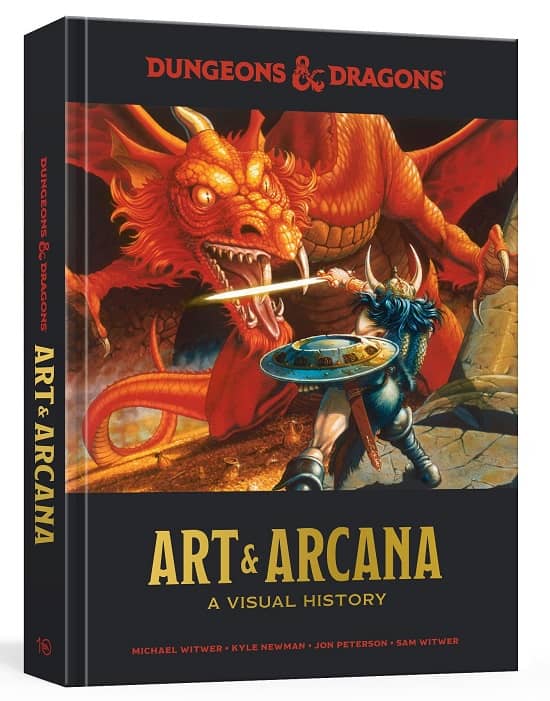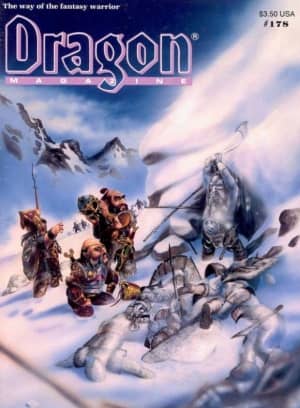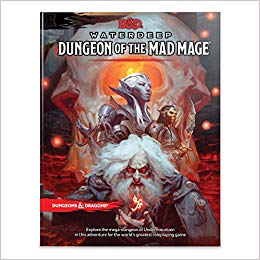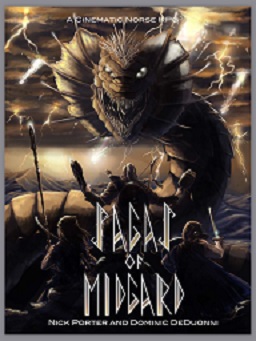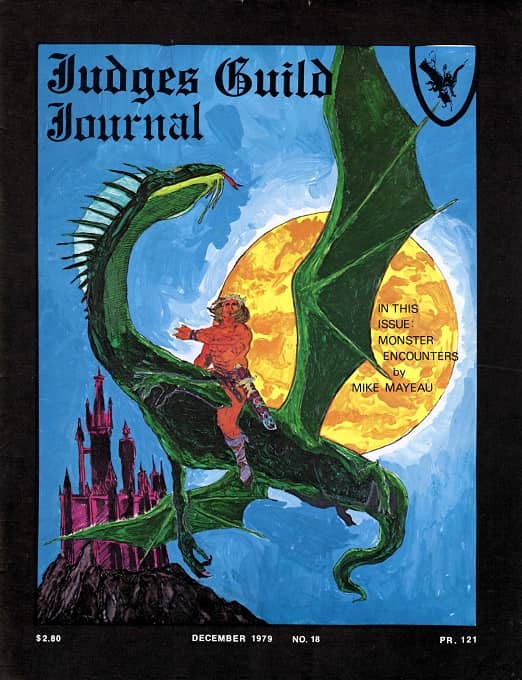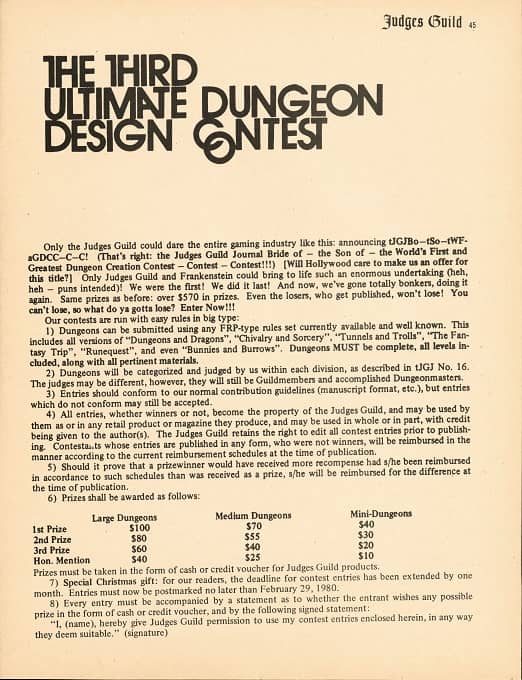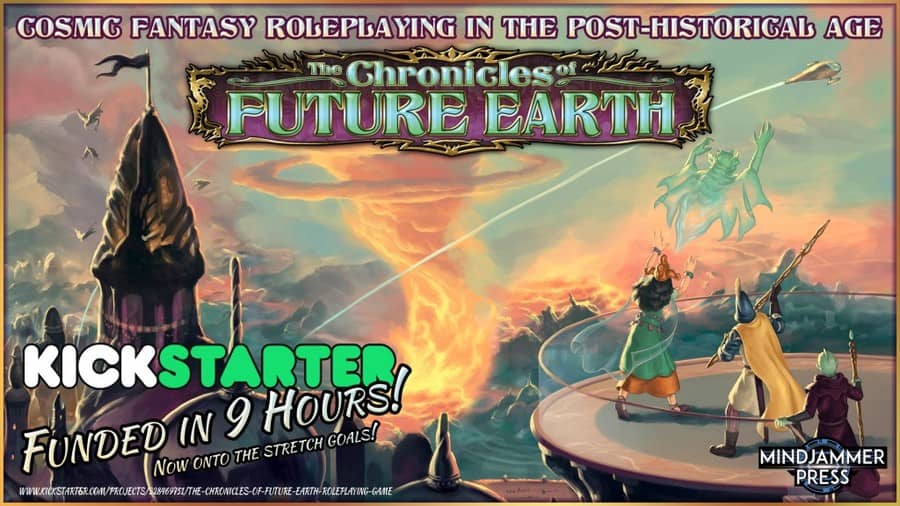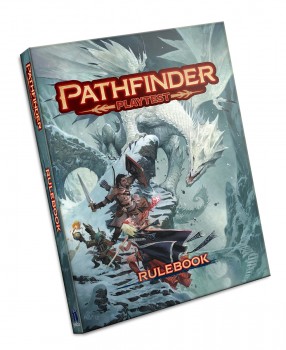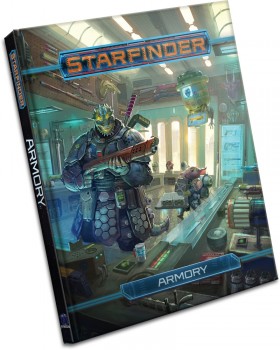A Massive History of D&D Culture: Art and Arcana by Michael Witwer, Kyle Newman, Jon Peterson, and Sam Witwer
Art and Arcana is a massive book that satisfies a strong sense of nostalgia for those who played Dungeons and Dragons in the 1970s and 80s, as well furnishing a history of the game and, to a lesser extent, the people and companies behind it. Focused primarily on the artwork that has helped define the game from its earliest days, authors Michael and Sam Witwer, Kyle Newman, and Jon Peterson have provided a beautiful look at the game’s first forty-five years, with an emphasis on the first few editions.
Even the endpages of this 440 page book indicate what is sandwiched between them. The opening pages show a map of the Village of Hommlet from the classic T-1 dungeon, while the closing pages are a reproduction of a classic piece of Erol Otis’s artwork from Deities and Demigods. A foreword by Joe Manganiello points out that “in [the 1980s], Dungeons and Dragons wasn’t cool.” As someone who began playing the game in 1980 (in Glenview, where the Witwers were from, although I didn’t know them), Manganiello’s comment is an understatement. At the time, the concept that stars like Manganiello and Sam Witwer would be involved with a book about Dungeons and Dragons would have been mind-boggling, as would the idea that the host of a late night talk show like Stephen Colbert would admit to playing it, or that people could make a living as a Dungeon Master and charge people to watch their games.
